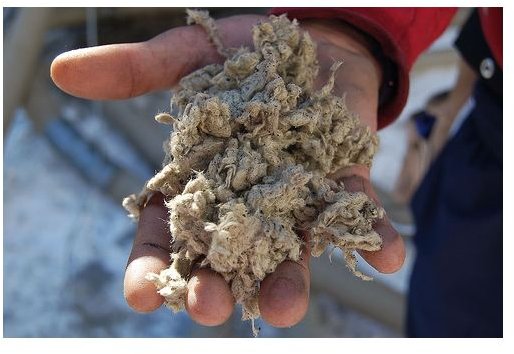Eco-Friendly House Insulation from Recycled Materials
Conventional Insulation
There are two primary reasons for using environmentally-friendly insulation from recycled materials — environmental concern, and indoor air quality. Regular fiber glass and petrochemical foam, two of the most widely-used insulators, generate pollutants during manufacturing, and will be a source of toxins for the environment when disposed of. Either made from, or treated with chemicals, ranging from cancer-causing formaldehyde to polystyrene, which can cause respiratory and reproductive problems, they are a danger to the people who install them, and to those who live in the home insulated by them.
Conventional insulation materials contribute to indoor air pollution. As many people spend close to ninety percent of their time indoors, this is a huge health and safety concern. They emit VOC’s (volatile organic compounds) which find their way into our bodies through the air that we breath. VOC’s aggravate respiratory illness, and can cause headaches, dizziness, and nausea. Starting a home with eco-friendly house insulation, or using green, recycled materials to update a home, will benefit the environment, and improve indoor air quality.
Recycled Materials
There are a variety of products to choose from when in the market for recycled insulation. Some are more eco-friendly than others, and some are more efficient.
- Recycled cotton insulation is made from cotton and polyester mill scraps, such as denim jean fiber. The cotton itself is non-toxic but the insulation does have to be treated with a flame retardant, usually borates. Using a non-VOC sealant on the walls will help keep chemicals from entering the air. Bonded Logic is a popular manufacturer.
- Cellulose insulation is made from recycled newspapers, usually around 80% post-consumer recycled material. Like cotton, cellulose does have to be sprayed with a flame retardant.
- Plastic fiber insulation is made primarily from recycled plastic milk bottles. It is non-irritable for installers, and although it is treated with a flame retardant, it is not prone to burning. It is prone to melting however.
- Formaldehyde-free fiberglass is a relatively eco-friendly house insulation material. Without formaldehyde, fiber glass is much less toxic to installers and the indoor air environment. Look for products made from at least 25% recycled glass, such as John Manville fiberglass.
- Rockwool insulation is mostly recycled steel slag, a by-product of steel manufacturing. The steel slag is mixed with basalt rock. Rockwool is naturally fire-resistant and mold-resistant, and provides a good level of insulation. Aside from installation, it does not release a significant amount of airborne fibers.
Eco-Friendly and Energy Efficient
Factors such as geographical location, weather patterns, and cost will determine what type of insulation from recycled materials to use. Some homes will require heavy-duty insulation, while for others, resistance to moisture is the top priority. If concerned about the safety, efficiency, and environmental-sustainability of a product, be sure to buy materials certified by the Greenguard Environmental Institute. This organization is a third-party, independent group, which researches and certifies products. They focus on indoor air quality. Also, check the R-value. The R-value is the measure of thermal resistance, the higher the number, the greater the effectiveness. Especially in cold, windy climates, a good R-value is essential to an energy-efficient home. With a range of options, there is a perfect eco-friendly product for every building.
Resources
Editors of E. “Green Living: The E Magazine Handbook for Living Lightly on the Earth.” (Plume, 2005).
“Insulation: The Different Types and Their Advantages and Disadvantages.” (Aerias Air Quality Sciences) https://www.aerias.org/DesktopModules/ArticleDetail.aspx?articleId=95
“Facts About Mineral Wool Insulation.” (North American Insulation Manufacturers Association) https://www.naima.org/pages/resources/faq/faq\_mineral.html
Photo Credit
photo by: I Love Butter (CC/flickr) https://www.flickr.com/photos/jdickert/2152739544/
